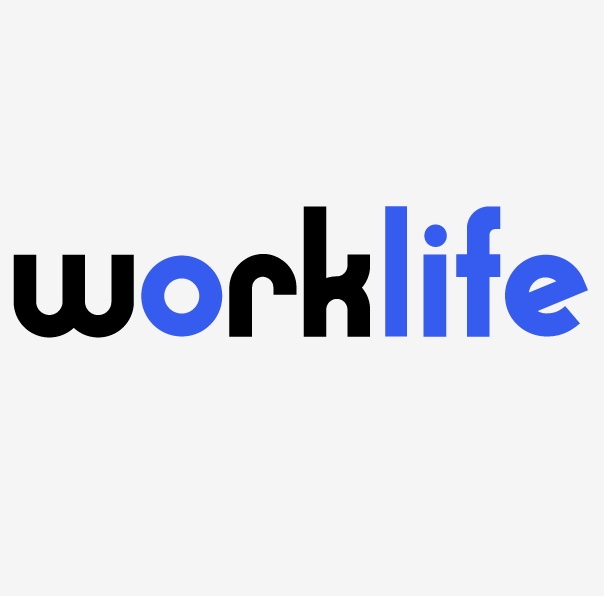Forget about your brackets, March Madness is not about basketball this year, it’s all about Coronavirus.
Employers have a lot of questions and we’ve got answers, but it’s complicated. Much of our guidance will vary depending on the nature of your business. The issues range from an employer’s legal obligation and practical desire to maintain a safe work environment, to ensuring productivity during a Pandemic, while navigating within the bounds of several legal regulatory schemes that govern employer behavior.
We start with the most basic mandate for employers under OHSA, which is to provide a place of employment…free from recognized hazards that are causing or likely to cause death or serious physical harm to …employees. This obligation, to take reasonable steps to keep the workplace free from the spread of the virus, must be balanced against the potential for an employer to act based on irrational fears and stereotypes. In fact, in 2009, the EEOC issued the following guidance on this subject: “[d]uring a pandemic employers should rely on the latest…CDC…assessments.” Courts have also ruled that precautions that exceed CDC recommendations due to unfounded fears, may violate the Americans with Disabilities Act (“ADA”). Employers that go overboard are vulnerable to claims that they’ve discriminated against an employee based on a “perceived disability;” meaning that the employee was not really sick, but the employer treated them differently based on a perception that they were. We saw this happen before the public became better educated about the ways that HIV can be spread. The good news: the CDC has already issued an Interim Guidance for Businesses and Employers and the current risk assessment in the U.S. remains low.
The CDC’s guidance provides us with science-based advice, if you’re into that sort of thing, and following it gives employers a safe-harbor from claims that you didn’t do enough to protect your employees and that you didn’t violate the ADA by acting irrationally by imposing restrictions inconsistent with the recommendations. The CDC identifies 3 levels of exposure and 3 ways employers should respond when dealing with asymptomatic employees. An employee who has been in the same indoor environment with someone with the virus for a prolonged period of time, but has had no close contact, is considered to have a Low-Risk Exposure. By CDC standards, Close Contact means within 6 feet for a prolonged period or direct contact with a virus carrier’s secretions. We went to law school to avoid being concerned with secretions, but here we are.
If an employee has a Low-Risk Exposure but no symptoms, the CDC recommends “self-observation” for 14 days. That doesn’t mean quarantine. It means taking their temperature and ensuring that they do not show signs of an upper respiratory infection before going to work. Medium Risk Exposure means, close contact with a virus carrier including living in the same house, being an intimate partner, caring for the infected person in a non-health care setting and using CDC recommended precautions or traveling from China but outside the Hubei Province. The CDC recommends that employers consult local public health authorities about whether anyone who has a Medium Risk Exposure but is asymptomatic, should be allowed to come to work. Part of your deliberation should include whether it is practical for that employee to work from home or in relative isolation at the workplace. If those things are not possible, employers can require an employee to stay out of work during the exposure and for 14 days after the exposure ends. If they remain asymptomatic, they must be allowed to return. If they were not sick, requiring clearance from a doctor is not appropriate.
High-Risk Exposure is the same scenario as Medium Risk but without the use of recommended precautions or traveling from the Hubei Province of China. It’s not too likely that an employee will volunteer that their roommate or lover is infected, but that they are not using CDC precautions at home. The 14-day post-exposure imposed quarantine is the best approach. Those traveling from Hubei Province are being quarantined by the government, so that’s not really a concern for employers.
If an employer imposes a 14-day quarantine on an asymptomatic employee, we recommend paying them. We know some of you, and you know who you are, will ask if you can require them to use their PTO. We do not recommend it. The legal goal is to avoid treating those who are not sick as if they are and then essentially “punish” them by keeping them out of work without pay or requiring them to take their vacation on the couch. If they have symptoms, that is different. You should start the FMLA leave process, allow or require the use of PTO (depending on your existing policy) and provide them with forms to apply for temporary disability insurance benefits. Any employee who is out of work to care for a seriously ill family member with Coronavirus should also be treated like anyone else on FMLA leave, NJFLA or NY Paid Family Leave, with the exception of the imposition of the 14-day post-exposure quarantine. New Jersey employees caring for an infected family member can apply for NJ Family Leave Insurance; employers must provide them with the forms.
As most of you know, the CDC has issued a Warning Level 3, meaning avoid non-essential travel, for China, South Korea, Iran, and Italy. The State Department has declared a Level 4 Travel Restriction for those same countries, which means, please don’t go and we won’t come get you if you do. Isn’t our federal government great, using different warning level numbers during a time of national panic? So while the kids will be disappointed that you’re canceling the spring break trip to Iran, employers may need to deal with employees or their family members returning from trips to some of these other countries. This includes Japan, which is currently at a CDC Alert Level 2, meaning only that high-risk travelers, the elderly or immune-compromised individuals must take extra precautions. Employers should follow the CDC risk level categories and related guidance described above.
Employers must also be prepared to deal with employees who develop symptoms and/or contract the virus. Designate a management employee to whom employees are obligated to report the 3 levels of exposure, symptoms or a positive diagnosis, and be sure to inform employees of who that is and that they must report.
Any employee who shows symptoms at work should be promptly isolated and sent home safely, both in as confidential a manner as possible. Symptoms to be concerned about include fever and/or upper respiratory distress. Because community spread has already occurred in the US, employers are on firm ground in sending such employees home and restricting their return to work until they have been asymptomatic for the CDC recommended period of 14 days.
Consistent with OSHA and CDC guidance, employers need to inform co-workers that may or have been exposed to the virus. But the ADA protects the privacy rights of an employee with symptoms and/or the virus. So while you are prohibited from announcing that Bob from Accounting has the plague, you can state the facts: an employee has been sent home with symptoms or has tested positive. If you happen to leave a bottle of Corona on Bob’s desk, that’s probably not a breach of privacy rights, just a nice welcome back gift for when he returns.
If you have questions that we haven’t covered here, just write, call or holler. As you know, the situation and much of the guidance remains in flux. As we head into March Madness, we’ll do our best to get you answers or at least provide our best-educated advice. For right now, just remain cool and keep your employees calm and informed with the facts—and wash your hands.









